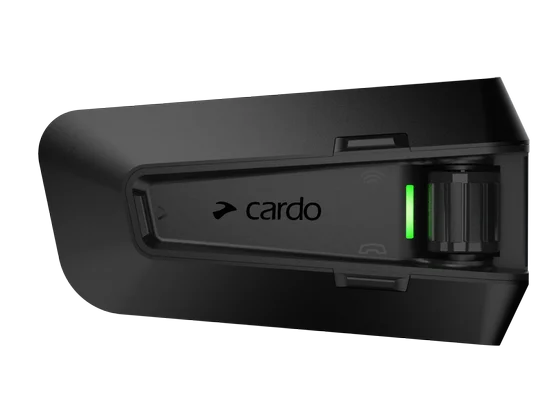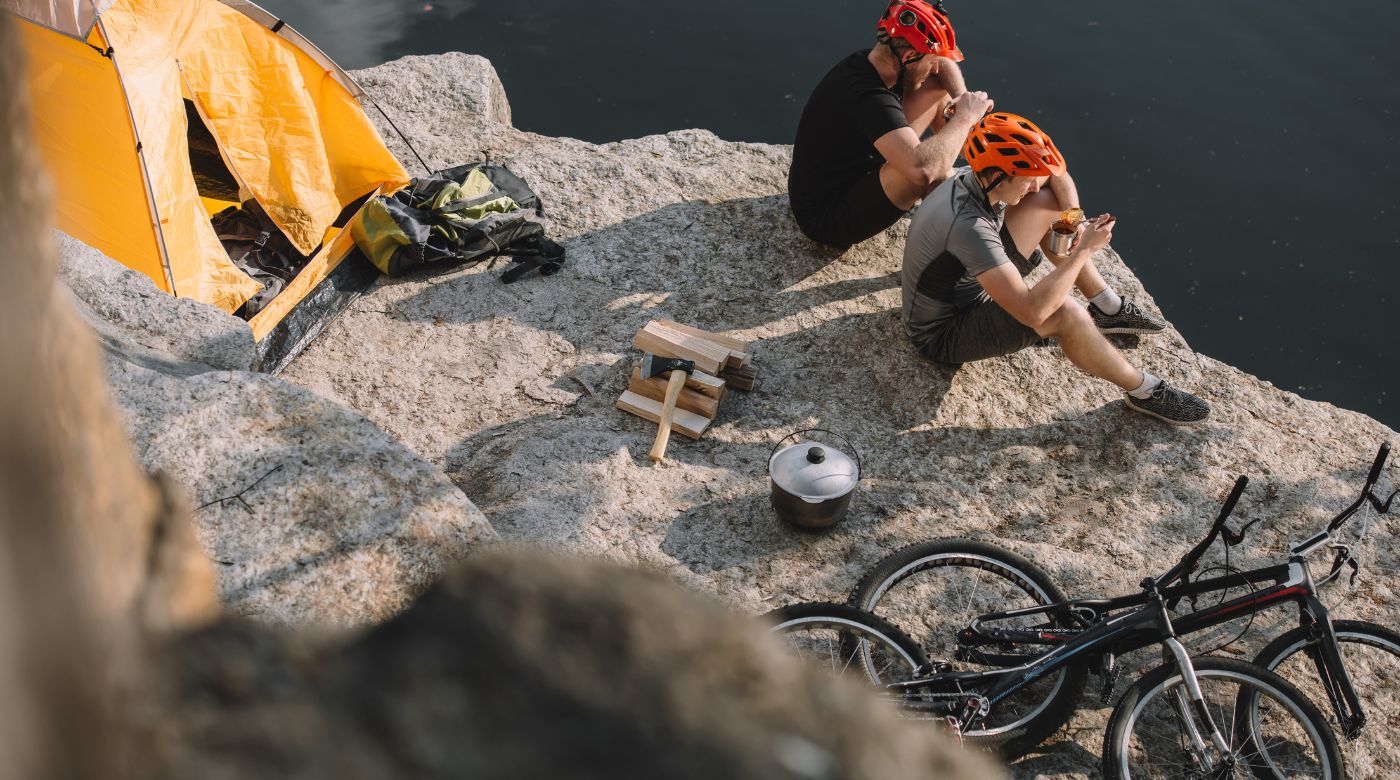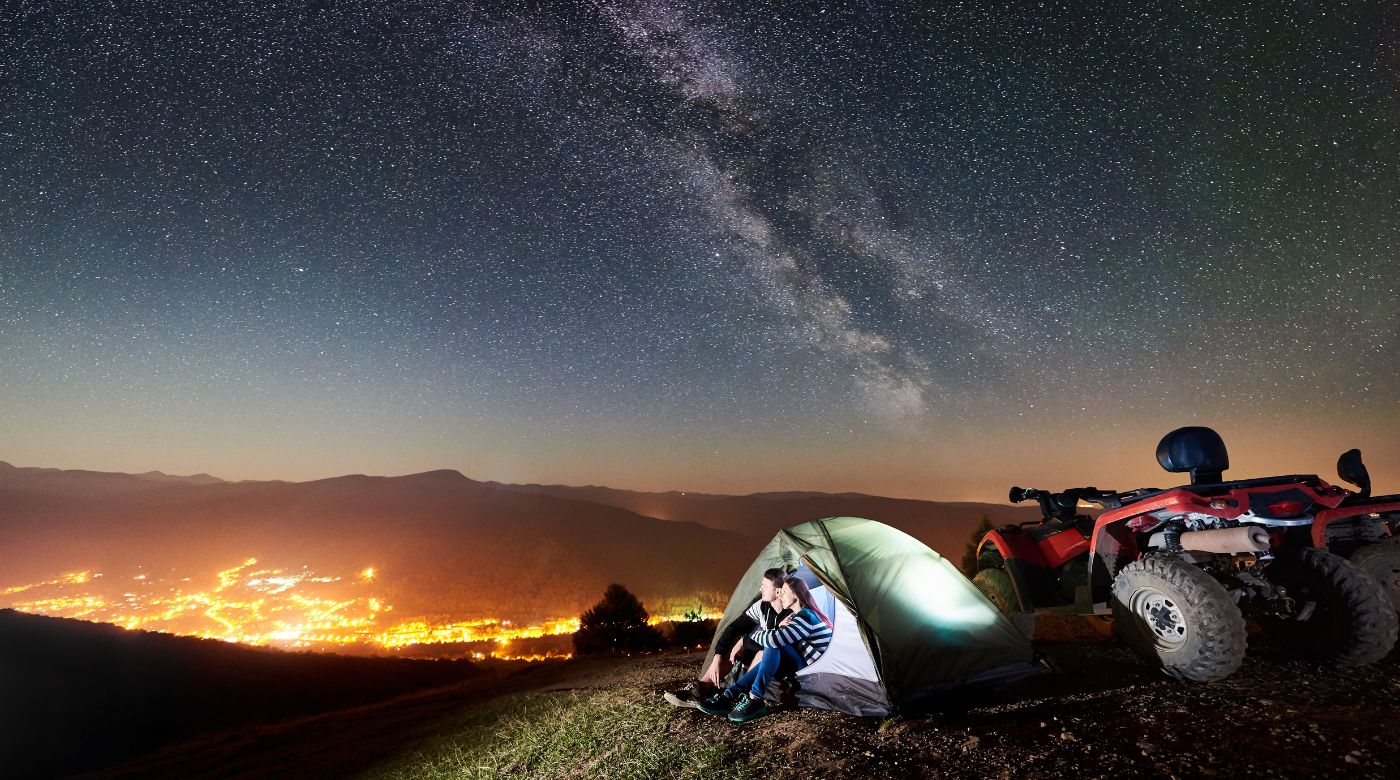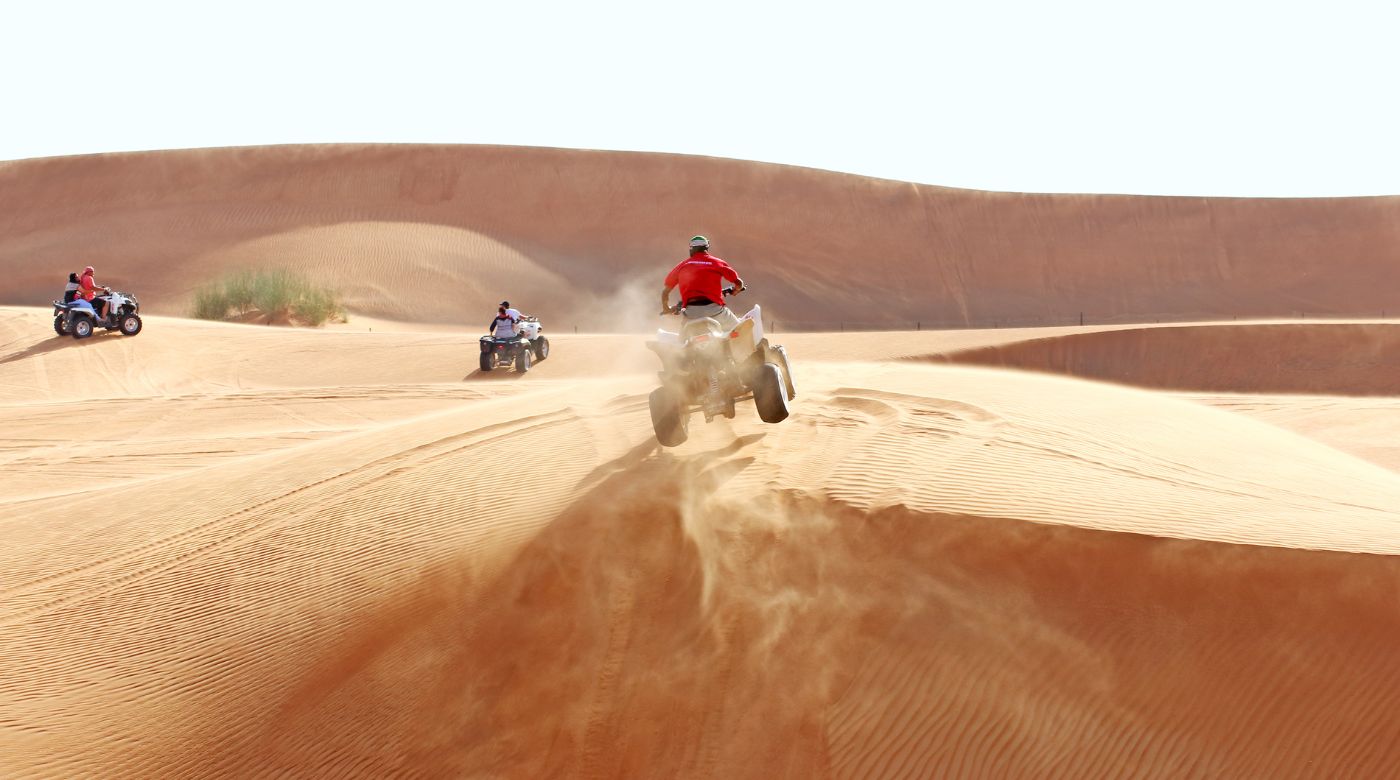Bikepacking is a combination of biking and camping. It allows you to sleep under the stars in remote areas you can’t reach in a car, including vast state and national parks. You can travel farther than you would on foot without disturbing the environment. However, traveling on a bicycle limits your storage options. Learn how to fit all your biking, hiking and camping supplies onto your bike to stay mobile in the wild.
What to Bring When Bike Camping
Add these essentials to make the most of your time on the trail:
Mountain Bike
Choose an off-road bike with wide tires to distribute your weight and thick treads to gain traction on loose ground. The brake pads and lines should be intact, and the chain and spokes for switching gears should be well-lubricated.
Bike Gear
Inspect your mountain biking gear before the trip. You need a helmet, gloves, long-sleeve shirt, pants, boots, pads and goggles or sunglasses to minimize glare. Bring weatherproof outer layers to stay dry in the rain and interchangeable layers to stay comfortable in all types of weather.
- Water and food
- First aid kit
- Patch kit
- Air pump
- Spare tubes
- 6” wrench
- Multi-tool
- Lubricant
- Spare bolts, nuts
- Wireless headsets
Use bike helmet communication to keep in touch with your companions without looking away from the trail. The path can be too narrow for you to ride side-by-side. Hand signals also limit your ability to respond to bumps in the road.

Source: Maxim Burkovskiy/Shutterstock.com
The device should mount to your existing helmet and connect automatically when in range for seamless communication on and off the trail. Use the Cardo Packtalk Outdoor to navigate uneven terrain as a unit. If someone lags behind, they can focus on pedaling without resetting the device.
Buy the Cardo Packtalk Outdoor for Hands-Free CommunicationCamping Supplies
Now that you have your bike essentials, some camping gear you should pack for your bikepacking adventure includes:
- Tent
- Compass
- Radio
- Paper maps
- Flares
- Flashlight
- Spare batteries
- Knife
- Scissors
Organizing Your Ride
Looking at this list can be overwhelming when picturing yourself on a bike. Even the biggest backpack may not be enough to hold everything. Weighing yourself down with too much gear makes it harder to bike, leading to poor posture and fatigue. Take a load off and use a handlebar, frame or seat bag to store some items on the bike.
It can take some trial and error to find the right combination. Some riders prefer not to carry a backpack and store everything on the bike. Keep the heaviest items on your back, the frame or behind the seat in a pannier. Store stable items weighing no more than five pounds in the handlebar bag, or it may be hard to steer. Commonly used items like your water, compass, map and GPS should be easy to grab.
Bikepacking Tips
Taking a bike camping trip is more of a marathon than a sprint. You may spend all day pedaling only to arrive at your campsite exhausted.
Be conservative when planning your route in terms of the number of miles traveled each day, depending on your experience level. New riders may not want to travel more than 20 or 30 miles in a day. Start slow and steady to avoid wearing yourself down. Give yourself plenty of time to stop and enjoy the scenery, but plan to be at your destination before dark to set up your tent while it’s still light.
Add a backup sleeping location or route in case of extreme weather or if you don’t feel safe at the campsite. Talk to other bikepackers along the way to learn about current trail conditions.
Where to Go Bikepacking
Visit a state or national park to see what options are available in your area. Most offer trails of varying difficulty levels and registered campsites. Don’t attempt to spend the night in an undesignated camping area.

Source: Jens Breuer/Shutterstock.com
Limit yourself to areas with camping and mountain biking. Talk to the park rangers when you arrive for tips on where to pitch your tent. Monitor the weather forecast frequently in the days ahead. Heavy rain can erode the path and fill low-lying areas with mud.
They don’t call it bikepacking for nothing! Enjoying your trip means safely fitting all your supplies onto your bicycle. Use these tips to pack all your essentials so you can get home safely.





